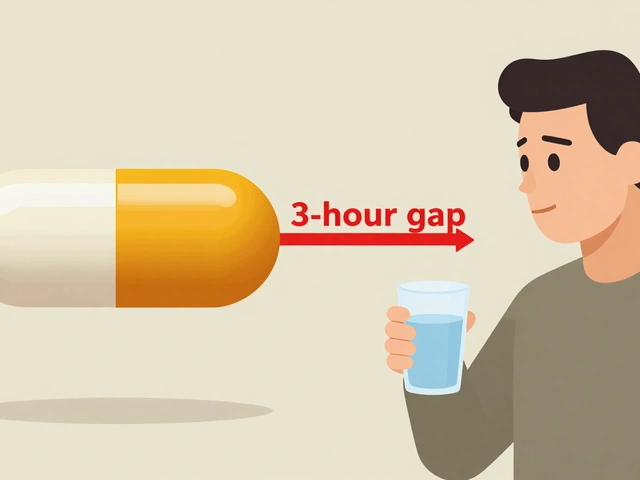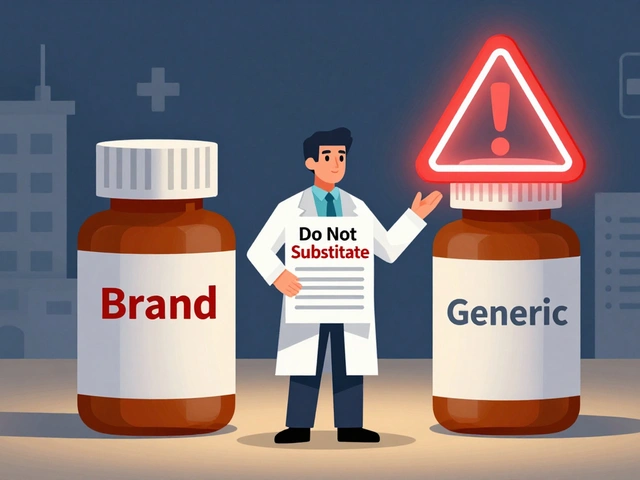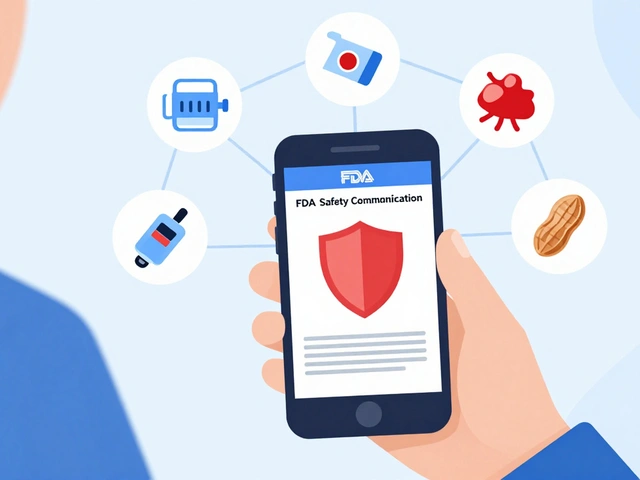Online Doctor: How to Use Telehealth Safely and Get Prescriptions Online
You can see a licensed doctor from your phone in minutes — great, but it comes with choices and small risks. This page helps you use online doctors wisely: when they make sense, how to pick a good service, what to expect during a visit, and how prescriptions work. Read this before you click “book.”
When is an online doctor a good fit? For colds, urinary tract symptoms, refills for stable chronic meds, skin rashes, and basic mental health check-ins, telehealth is fast and often safe. Don’t use it for chest pain, shortness of breath, severe allergic reactions, or sudden neurologic problems. If a condition seems urgent, go to the emergency room or call local emergency services.
Pick a legit provider
Start by checking licensure and reviews. A reputable platform will list the clinicians’ names, states where they’re licensed, and their specialties. Look for HIPAA or local privacy compliance and clear pricing. Avoid sites that promise prescriptions without an actual video or phone visit, or that pressure you to buy from a single pharmacy only. If the platform hides clinician details or has too-good-to-be-true prices, walk away.
Expect a real medical visit. The clinician should ask about your symptoms, medical history, allergies, and current meds. They may request photos for skin issues or ask you to take your temperature and report it. Honest answers speed accurate care. If the clinician prescribes a controlled drug remotely, rules vary by country and state — some require an in-person exam or special registration.
Prescriptions, safety, and pharmacies
When you get a prescription, you can usually choose a local pharmacy or a mail-order service. Compare prices and check for generic options — generics often save a lot. Watch for red flags: pharmacies that don’t require a prescription, demand upfront wire transfers, or refuse to show license info. Keep a record of the medication name, dose, instructions, and the clinician who prescribed it.
Privacy matters. Use secure Wi‑Fi, close other apps during the visit, and review the platform’s privacy policy. If you have a sensitive condition, consider using platforms known for mental health confidentiality and clear data controls. Ask how long your records are stored and whether you can delete them.
After the visit, monitor how you feel. If side effects start or symptoms worsen, contact the online provider or seek in-person care. Use follow-up options — many platforms allow quick message check-ins or repeat appointments. Finally, keep your regular primary care provider in the loop so your records stay complete.
Quick checklist before you book: have your ID ready, a list of current meds, recent vitals if possible, photos of visible symptoms, and your preferred pharmacy. Also check estimated wait time, total cost, and whether follow-up messages are included.
Want related guides? On this site you’ll find articles on buying specific meds safely online, telepharmacy reviews, and tips for prescription savings. Use those resources to compare services and make smarter choices when you need an online doctor.
With advancements in telemedicine, Canadians now have increased access to healthcare through various online platforms. This article explores five notable alternatives to Felixforyou.ca in 2025, each offering unique services and benefits. From 24/7 doctor access to specialized health programs, these alternatives provide accessible and varied healthcare solutions. However, users should consider factors like cost and specific service offerings when choosing the right platform for their needs.
Continue reading...






